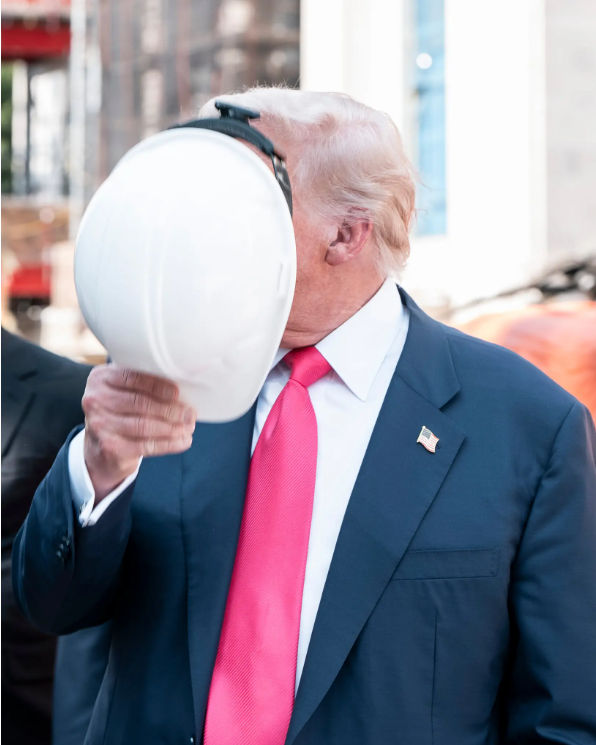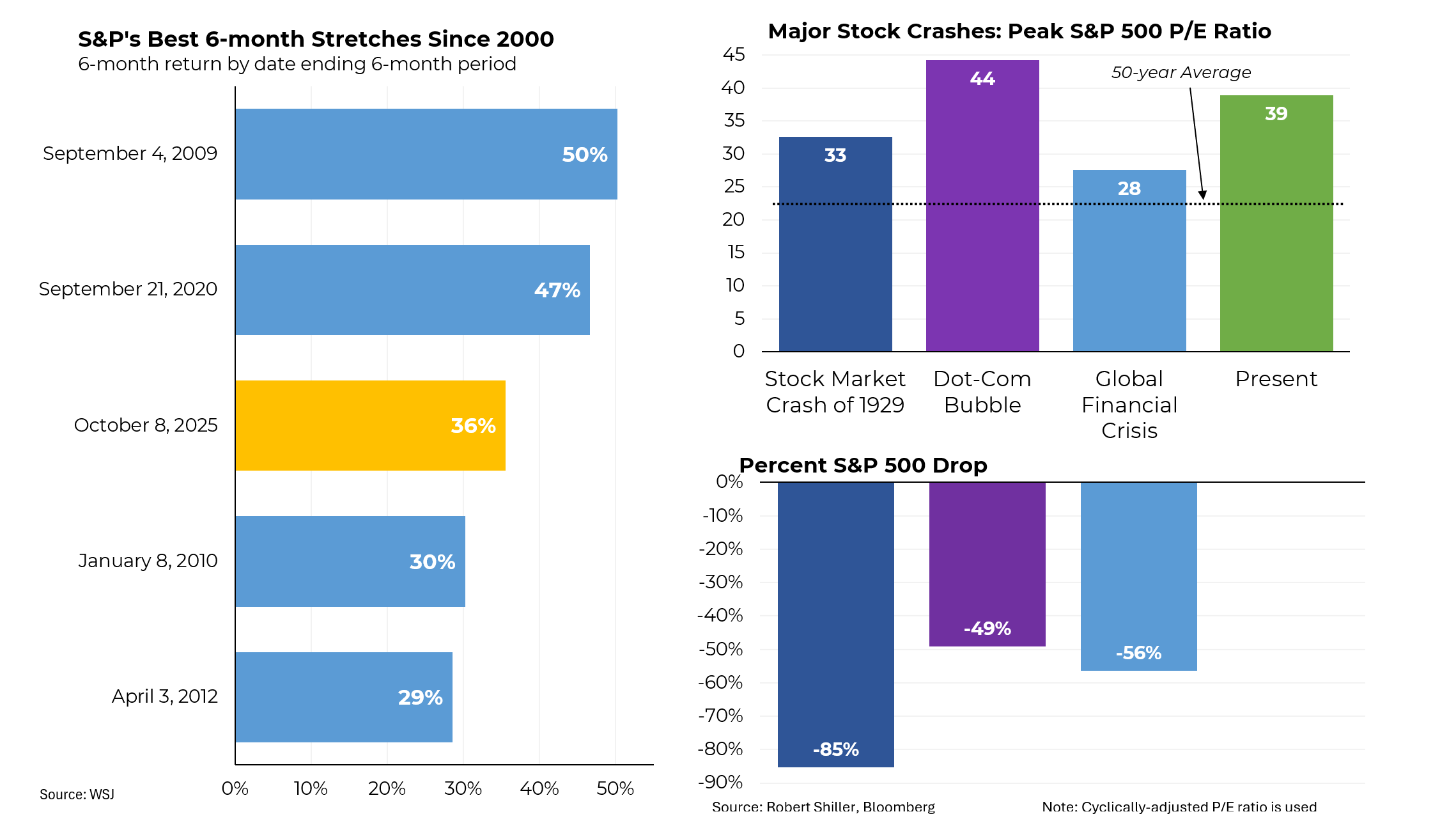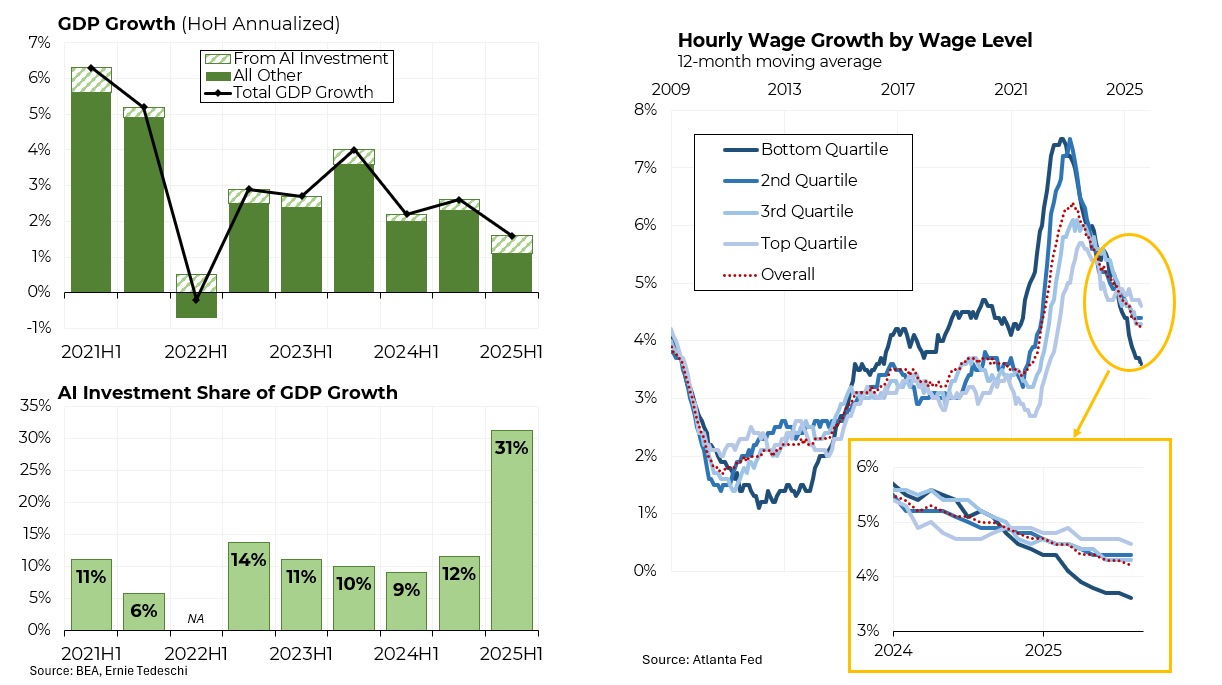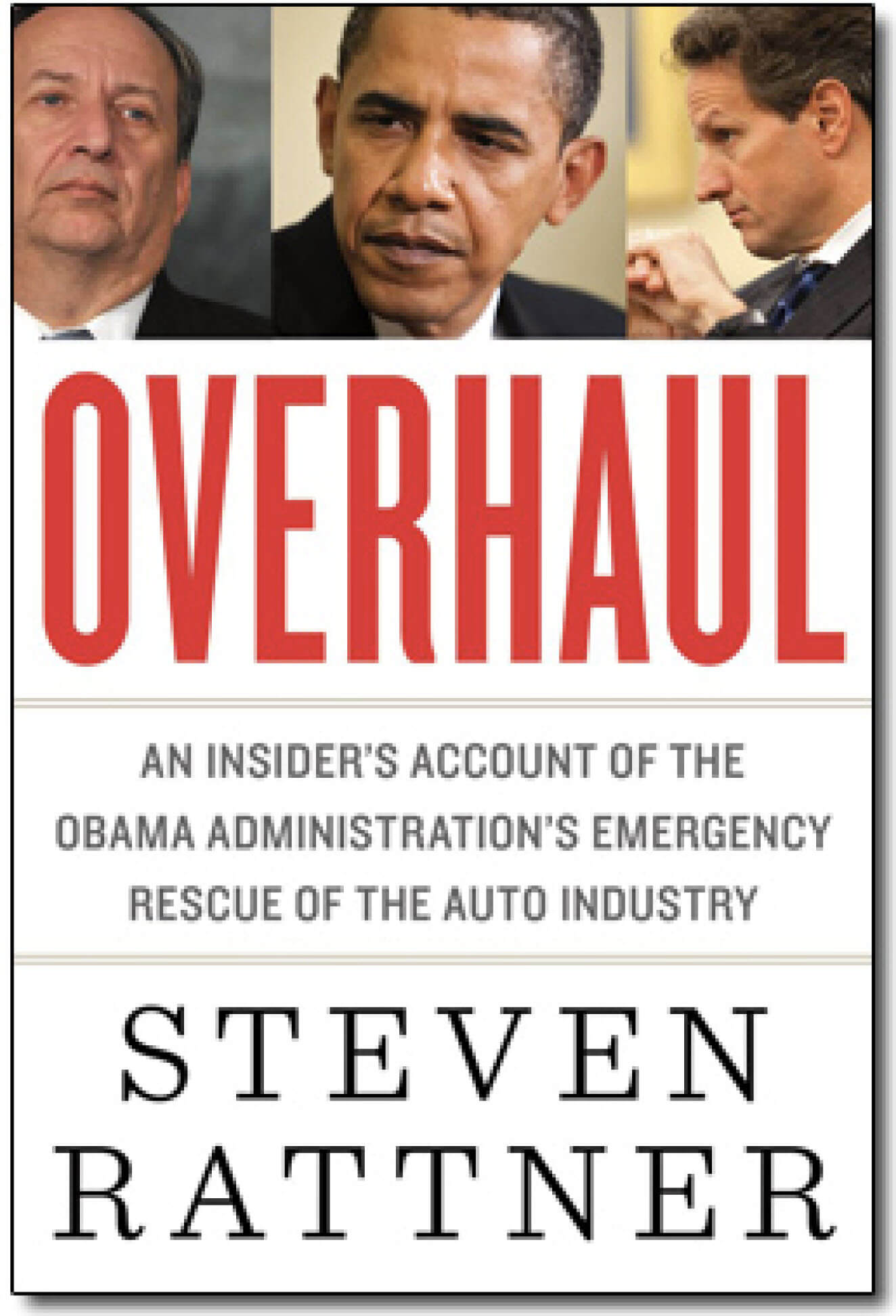Originally published in the Wall Street Journal
As I studied the industry, I learned that the car business had gone through a mini-version of the housing bubble. Auto financing had been abundant in the years leading up to the financial crash of 2008‚ for a brief period in 2006, buyers could borrow more than 100% of the cost of a new car! And because as many as 90% of consumers finance their new-car purchases, easy loans kept U.S. sales hovering around 17 million vehicles a year until gas prices spiked.
At the same time, substantial gains in quality and reliability were leading consumers to keep cars longer; all told, the number of cars in America rose by nearly 25% in the decade ending in 2007 while the driving-age population grew by less than 15%. The ratio of cars to licensed drivers, long greater than 1-to-1, continued to increase.
In 2008, of course, the wheels had come off. The collapse of the financial markets choked credit; rising unemployment and sinking house prices sapped household budgets; and summer brought $4-a-gallon gasoline, a particular disaster for the Detroit Three, with their anemic offerings in small cars.
And I came to appreciate why auto makers obsess about the total number of new vehicles sold each year (they call this the SAAR, the seasonally adjusted annual rate of sales). In effect, the SAAR is every auto maker’s speedometer. For any company with a competitive line of products in a business where fixed costs are high and market share tends to shift only gradually, total volume is the most important determinant of profitability. We’d started this project in the midst of the steepest fall-off in sales that the auto industry had experienced since at least 1950. By January 2009, the SAAR had collapsed to 9.6 million. Extrapolating from this trend, many pundits issued dire forecasts for at best a slow and meager recovery.
But looking at the big picture, I’d begun to feel more optimistic about the prospects for overall sales than I had at the start. The driving-age population was continuing to increase by more than 1% a year. “Scrappage,” or the rate at which cars were junked, had dropped decade by decade, from the 1970s rate of more than 7% a year to about 5.5%, which meant that the average age of cars on the road was increasing. Car buyers could put off replacement purchases, but not forever.
Our inquiries had led to another pleasant surprise: U.S. auto makers were no longer as pathetically inefficient as people thought. In 2007, the Harbour Report, an authoritative statistical source on auto-making, had found that the Detroit Three needed just over 32 hours of labor to build a car, versus 30 hours for Toyota. That represented a huge advance over 1995, when GM had been at 46 hours, Chrysler at 43, Ford at 38 — and Toyota at 29. And given that the Big Three tended to make larger, more expensive cars, the narrowing of the gap was all the more significant.
Another somewhat outdated criticism involved labor costs. We’d discovered how difficult it is to compare such costs on an apples-to-apples basis because of complex calculations involving the value of employee benefits, the composition of the labor force, and more. While it seemed clear that American auto makers’ costs remained higher than those of the transplants, progress had been made. Just in the run-up to its Feb. 17, 2009, submission of its viability plan to the government, for example, GM had succeeded in reducing active-employee labor costs per hour from $60.64 to $52.89 (versus $51.62 for Toyota). GM achieved this not by reducing wages for existing workers but by trimming benefits and having new workers start at much lower wages.
There were unpleasant surprises as well. Most glaring was the continuing low opinion consumers held of Detroit’s products. A page of analysis from Deutsche Bank captured that succinctly. In almost every category, GM products fetched thousands of dollars less than their Toyota counterparts.
As I digested these data, I also realized that as much as the Detroit Three had been pilloried for missing the small-car market, their failure wasn’t due to complete stupidity. If it costs $1,000 or more in extra labor expense to build a car that could be sold for only about $16,000 — nearly $4,000 less than its competitor — it would be impossible to make a profit. So why build it?
Of course we saw page after page of depressing statistics showing the relentless decline in market share of the three domestic auto makers. The drop from nearly 100% of the U.S. market until the mid-1950s was gradual until the mid-1990s, when it accelerated. From 1995 through 2008, GM had lost a third of its U.S. market share.
The last big surprise was the rising tide of imported cars. Notwithstanding the presence of the transplants, the share of “pure imports” in the U.S. market had leaped from 19.7% in 2005 to 26.1% in 2008. And these figures did not reflect vehicles assembled in Mexico or Canada; under the North American Free Trade Agreement, those no longer counted as imports.
All told, my accelerated immersion into the auto industry left me convinced that there was no fundamental or structural reason why Detroit couldn’t compete, at least for the huge American market. To be sure, GM and Chrysler needed massive restructuring of both operating costs and liabilities, such as legacy health care. But if this could be accomplished — and if the companies, particularly GM, could be put under new management — I believed that they could be viable and even highly successful.
Shiny new GM celebrated its first birthday on July 10, 2010, a month after the first anniversary of the reconstituted Chrysler. As hard-nosed realists, all of us on Team Auto have been, for the most part, reassured and relieved by the generally good news from Detroit. GM and Chrysler continue to pay their workers and are gradually adding shifts as they sell more cars. The unemployment rates in Michigan, Indiana and Ohio, while still painfully high, have begun to edge down.
To be able, on Aug. 18, 2010, to pick up GM’s newly filed 734-page initial-public-offering prospectus was for me an emotional moment. This thick legal document symbolized, like no other development thus far, the transformation of so-called Government Motors back into General Motors. Page after page of figures told the story of a remarkable turnaround. The decision to move forward with this public offering was the strongest and most telling indication that the U.S. Treasury will recover most if not all of the $82 billion the American taxpayer staked on overhauling Detroit.
Assessing what the taxpayer has gotten in return is more complicated. GM’s value won’t become clear until after the IPO, when the stock will be publicly traded and the market sets the price. As of August, the best proxy is the trading level of old GM bonds, to which we grudgingly allocated 10% of the equity of Shiny New GM (along with some warrants). By that measure, the value of Treasury’s 60.8% ownership of GM is approximately $31 billion. Adding to that the $6.7 billion of debt that GM has already repaid, and $2.1 billion of GM preferred stock, brings the total to nearly $40 billion.
This is $10 billion more than the $30 billion the United States injected into GM at the time of its bankruptcy filing as a result of Team Auto’s work. But it’s roughly $10 billion short if you also count the emergency $19.4 billion spent by the Bush and Obama administrations to prop up GM before Team Auto came on the scene. I view that $19.4 billion as lost money — a cost of the delays due to the presidential election, the transition, and the doctrine of “one president at a time,” which blocked collaboration between the Bush and Obama teams that could have saved valuable time.
Question marks remain regarding the smaller but still significant commitments of taxpayer dollars to Chrysler and GMAC. We’d had heated debates in the West Wing and at Treasury about Chrysler; Team Auto always knew that asking the Treasury to infuse another $8 billion into this hollowed-out, North-America-only player was a risky call. I was delighted when Chrysler notched two successive quarterly operating profits in the first half of 2010. But until we see sales results from new products due to appear in dealers’ showrooms in late 2010 and beyond, we cannot know whether our surgery saved the patient.
So predicting with any accuracy how much of the $82 billion of bailout money will ultimately be recovered is a difficult exercise. If the return of the government money were managed as it would be in the private sector, I believe the government would have a very good chance of getting back all of its money, including the early bridge financing. But with the White House justifiably eager to be out of the auto business, premature exits may occur. If we ultimately lose $10 billion or $20 billion on the auto rescues, that seems a small price to pay for averting a major economic calamity in the industrial Midwest and helping keep the national economy from spiraling from deep recession into outright depression.
From “Overhaul: An Insider’s Account of the Obama Administration’s Emergency Rescue of the Auto Industry” by Steven Rattner, to be published Monday by Houghton Mifflin Harcourt Trade. Copyright © 2010 Malachy Enterprises LLC.





